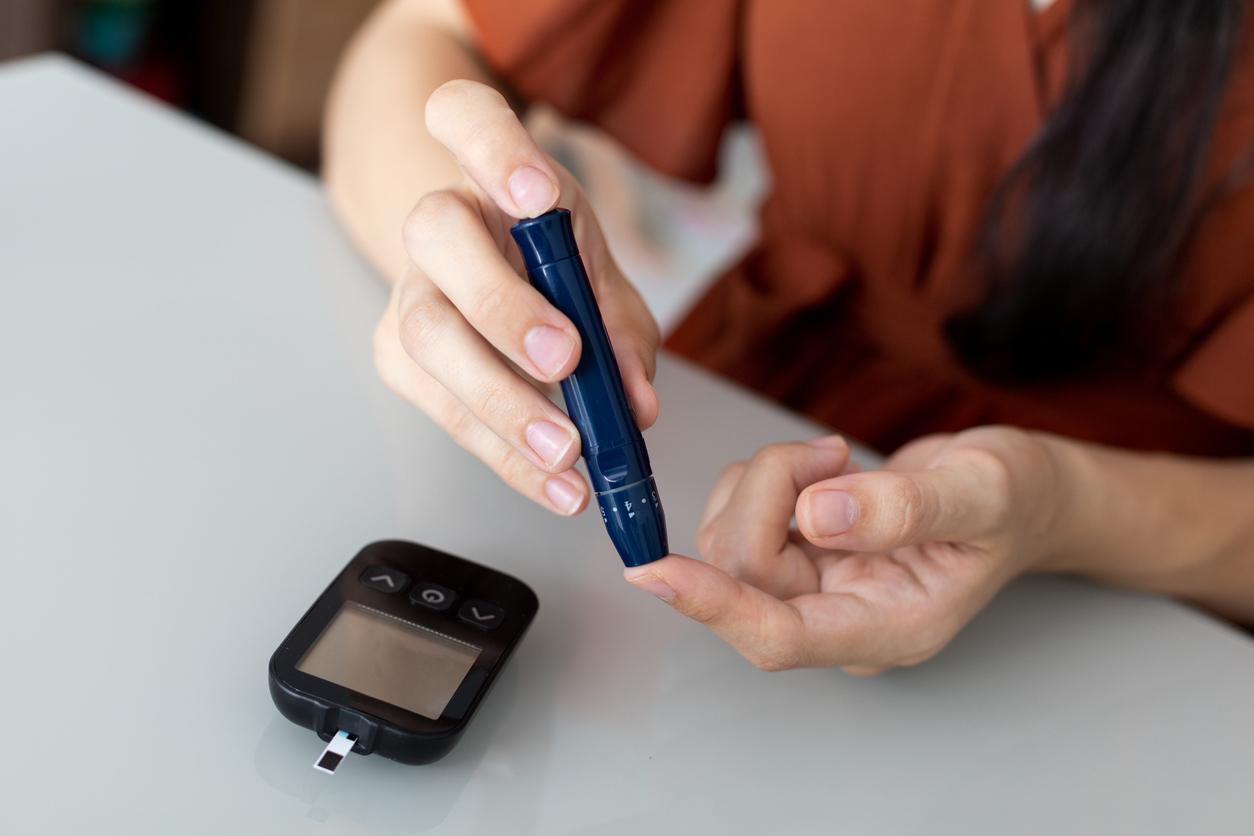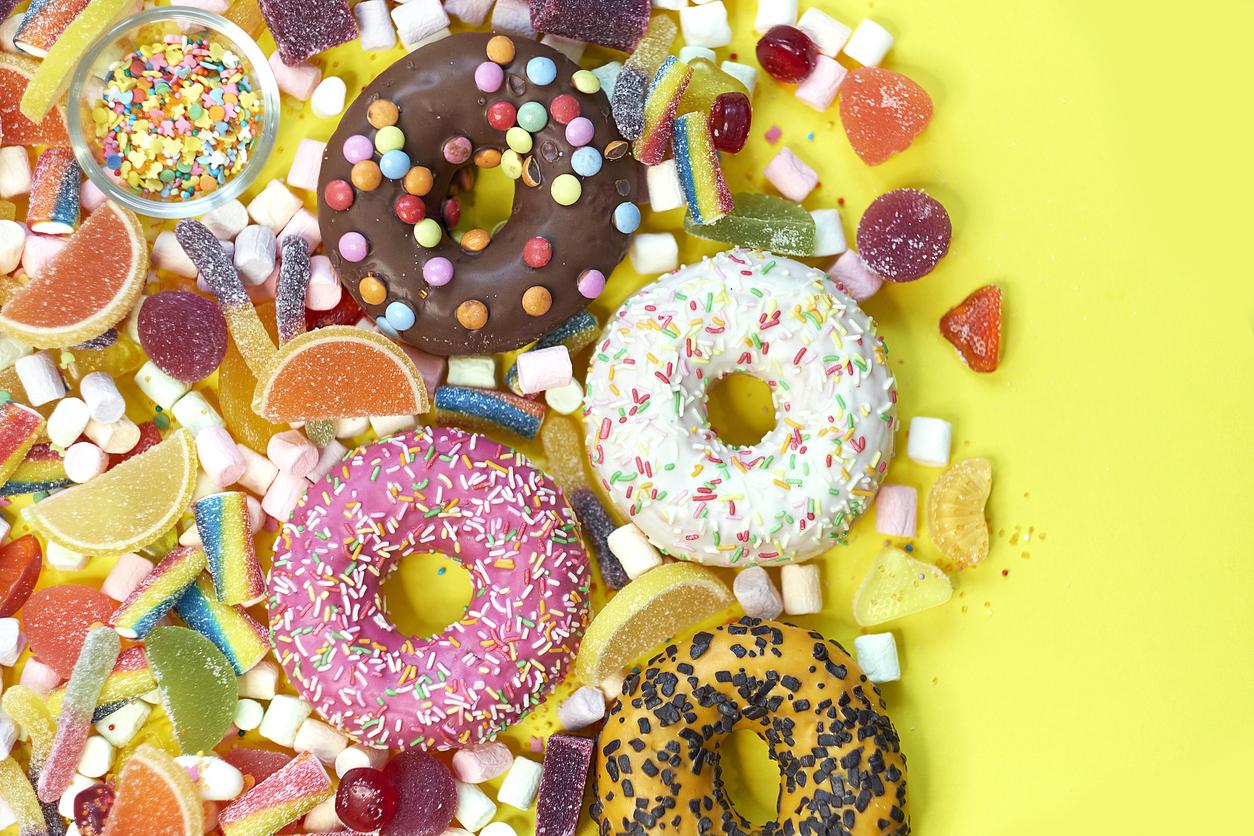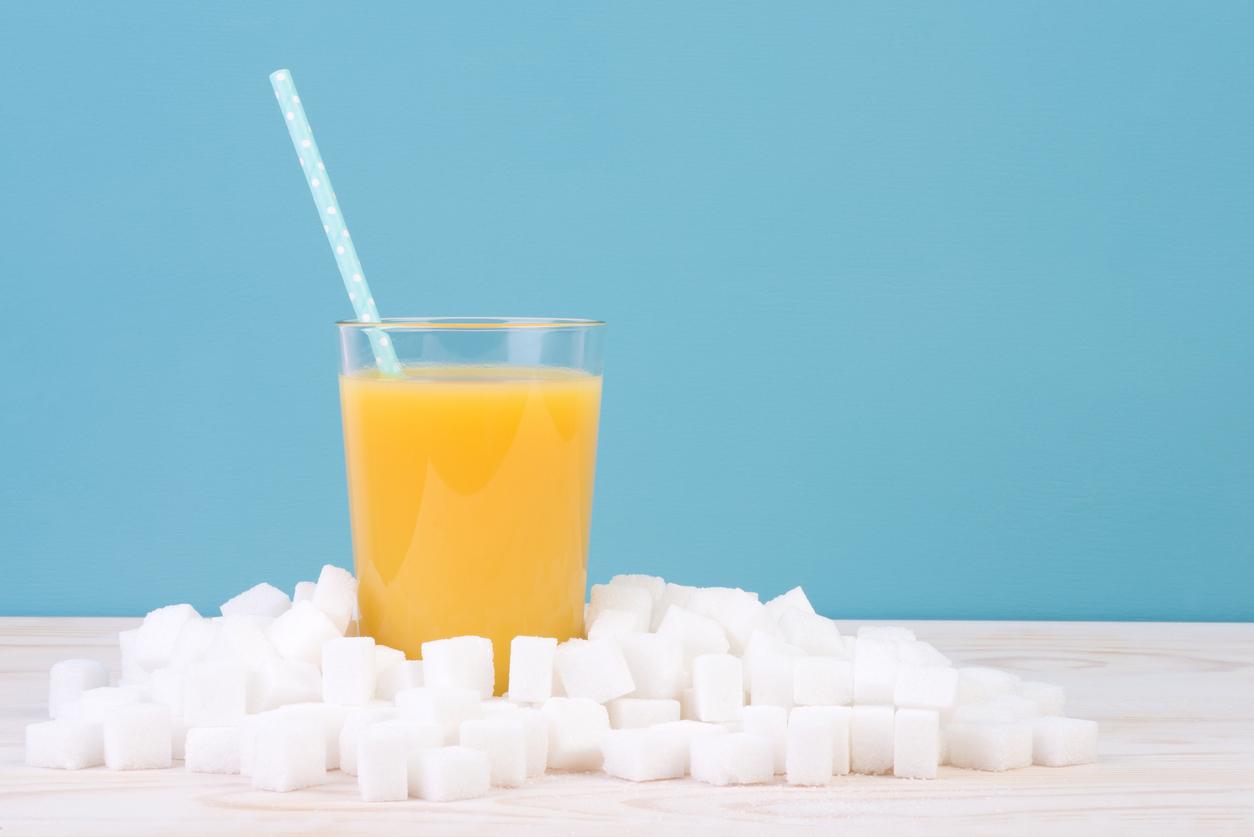
We have an abundance of sweets
We love sugar so much that we eat way too much of it. We can hardly say no to sweet. If you do, then the reward is great.
In prehistoric times, ‘tasty’ probably wasn’t that important. The whole day was devoted to scraping together enough food. After a tiring hunt for a rabbit, no ancient man would have said, “Well, no, I’m actually more hungry for trout today.” What was edible and available was eaten.
Flavors probably mainly had a signaling function. Bitter meant ‘danger, perhaps poisonous’. Sour meant ‘not yet ripe’. And probably the taste ‘sweet’ has been the signal for: ‘ripe berry, eat it’.
Energy
Sweet also meant: little of it needed, a lot of energy. Because sugars were already there in prehistoric times fast-burning carbohydrates, though no ancient man would have called them that. If you have to chase rabbits all day long, it is therefore a good idea to search intensively for sweet food. And that’s what prehistoric man did, driven by a craving for sweets. And because nature doesn’t offer much sweetness, he tried, if he found something sweet, to eat as much of it as possible.
Abundance of sweets
This kind of basic information about food is stored in our genes. And they are hardly any different now than in prehistoric times. That’s why we still crave sweets. The only bad thing is that we can find them almost endlessly these days. There is no longer a need to pluck a berry bush: a glass of cola, a biscuit, a sandwich and a plate of pasta deliver more sugars in a day than a prehistoric man probably ingested in a whole year. two kilos honey per year for prehistoric humans compared to about seventy kilos of refined sugars per year for modern humans, according to the estimates.
Lazy by nature
Of course we do need sugars, especially for exercise. But western people have to make an effort to get moving for half an hour a day. That too is genetically determined: humans are lazy by nature. Eating as much as possible and moving as little as possible is an excellent survival strategy in an environment where famine is always looming. But not in an area where a well-stocked supermarket is never more than ten minutes away.
System on hold
We don’t need all those fast-burning carbohydrates at all. In fact, they are one of the main causes of many diseases. From overweight to behavioral problems, from diabetes to cancer: a lot has to do with wrong nutrition. Too fat is bad, but too sweet is just as dangerous.
No less than 56 percent of all the calories we consume come from refined sugars and saturated fats. And that means we get way too much of it. As a result, the body can no longer process the sugars and fats in the normal way. That is why physical emergency measures are applied to get rid of it: not only the fats, but also the sugars are stored in the fat cells, making us dangerously overweight. Or they circulate in the body, causing our entire system to run wild and cause metabolic problems.
sugar overdose
Numerous conditions are related to sugar overdose. Think of overactivity, poor concentration, sleeping problems. And some eye diseases, because sugars can ‘harden’ the tissues of the body. Even arteriosclerosis (hardening of the arteries) can be partly due to sugar, as can allergies, skin problems, fatigue and depressed feelings.
Fungi love it
A lot of people don’t even realize what sugar is in it. Not only in soft drinks and sweets, it is also added to fruit juices, bread, ready meals, the list surprising products with sugar is endless. This explains the increase in all kinds of vague and less vague complaints. Sugar throws the body out of balance. The bacteria in the gut are busy processing sugars full-time. As a result, the yeasts in the body are no longer processed properly. They can turn into fungi (candida). Women often associate candida with problems ‘down-under’, but a yeast infection can also very well be in the gut.
sugar addiction
Fungi feed on sugars and encourage the body to eat even more sweets. This creates a sugar addiction. These fungi can disrupt the intestinal flora and thus reduce the immune system. They can affect the intestinal wall, causing substances from the intestines to enter the body that do not belong there at all. Numerous health problems can arise from this. Constant fatigue is just one of them. You can then probiotics to use: as a dietary supplement or in yogurt. These ‘good bacteria’ can restore the balance in the intestinal flora. But then of course you should not continue to stuff yourself with sugars.
Sweets: no!
Bad news for those who think they can escape the dance instead of sugar, sweets and others sugar substitutes to start using. A recent American study with rats showed that the sweetener saccharin quickly makes you fat, which is a risk-increasing factor for developing diabetes. type 2 diabetes. According to the researchers, this is because the body cannot get energy from the sweetener. This creates confusion: the rat starts to eat more in order to still get the amount of carbohydrates that its body should receive in view of the ‘sweet signal’.
It is not surprising to assume that sweeteners make people fat: the explosion of obesity patients in the United States almost coincides with the large increase in the number of light products that contain sweeteners instead of sugar.
A plant as an alternative
But then what? Raw cane sugar (unrefined sugar) is only slightly less bad than white (refined) sugar. A good alternative is Stevia, a small herbaceous shrub that is widely cultivated mainly in South America and China. A drop of Stevia in the coffee is about as sweet as three lumps of sugar. It does have an aftertaste that not everyone likes.
Rehab with reward
It is not easy to get rid of a sugar addiction on your own. A strict regime is often advised: no carbohydrates (including alcohol, grains and starch) for six weeks. Then carefully start with fruits, vegetables and whole grains. You can feel bad about quitting sugar, but there is also a reward: a slender body, lots of energy every day and less chance of many nasty diseases.
|
Too much or too little sugar in the blood
Sugars and other carbohydrates are converted into fuel by the hormone insulin, which is produced in the pancreas. That pancreas can become exhausted and produce less insulin. The sugars in the blood can then no longer be absorbed and used by the cells. The blood then contains too many sugars. That is what is going on with diabetes, or diabetes. The opposite can also happen: the pancreas immediately produces a huge amount of insulin as soon as sugar is signaled. All sugars are converted into fuel and taken up by the cells. There is a momentary ‘rush’ of energy, but because the sugars disappear from the blood very quickly, severe fatigue immediately follows. There is also a huge desire for more sugar. And if it is given in, too much insulin is produced again and fatigue and sugar cravings strike even more. This condition is also known as hypoglycemia, and although much has been said and written about it, the condition is still not scientifically recognized. |
Sources):
- Plus Magazine















